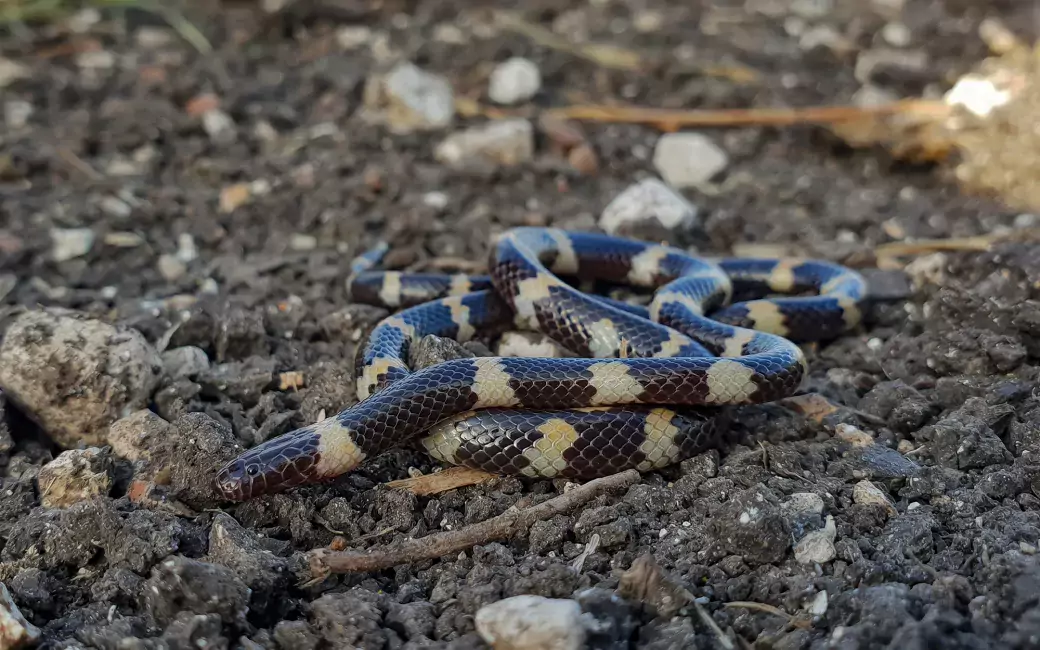An international team of researchers has reconstructed the evolutionary tree of a major group of snakes, Elapoidea. This was accomplished with the help of huge genomic datasets and the most advanced algorithms and software published to date for studying evolution.

The Elapoidea superfamily of ecologically hyper-diverse snakes is spread out almost around the globe. It includes some of the world's deadliest snakes, such as cobras and mambas.
The research team generated a gigantic genomic dataset of nearly 4600 genes - in comparison, most datasets used for animal DNA taxonomy contain less than 10 genes. The researchers sequenced genomes for members of all known elapoid families and subfamilies and ran them on supercomputers. They also used nano- and micro-computed tomographic scans for several elapoid snake museum specimens to ascertain whether the anatomical characteristics support the evolutionary history reconstructed with genomic data.
New major branch in the family tree of snakes
The researchers discovered an entirely new family within the Elapoidea superfamily (a superfamily is a rank above family in biological classification).
While biologists indeed discover new species and genera quite often, discovering an entire family is extremely rare for vertebrates, occurring only once or a maximum of a few times per century. The new family called Micrelapidae has two genera and a total of four or five species found in the Levant region (Middle East) and eastern and northeastern Africa.
Among snakes, the superfamily Elapoidea has some 700 species divided into several families and it is one of the most species-rich major groups. Snakes of this superfamily evolved in the early Cenozoic era (the Eocene to be precise), around 50 to 45 million years ago, as estimated by the researchers. Elapoidea is also a textbook example of early Cenozoic so-called rapid radiation, and this makes their evolutionary history incredibly difficult to resolve.
"Lack of a reliable phylogeny for such an important group of snakes has impeded research into the evolution of venom, setting evolutionarily-informed conservation priorities and hampering communication amongst museums, educators and medical researchers," says Sunandan Das, researcher from the Organismal and Evolutionary Biology Research Programme at the University of Helsinki.
"A phylogeny is the most basic necessity for most of the comparative biological research," he adds.
The research group's work has also shown possible methods for effectively studying evolution when an ancient, rapid radiation scenario is involved.
Basic research
This research is basic research, which is the foundation of all scientific research at the University. Basic research is the study of a phenomenon or activity and therefore increases scientific understanding of the subject. Basic research does not lead directly to an application in everyday life, but it can lead to a scientific breakthrough.






